Related Research Articles

Burrhus Frederic Skinner was an American psychologist, behaviorist, author, inventor, and social philosopher. Considered the father of Behaviorism, he was the Edgar Pierce Professor of Psychology at Harvard University from 1958 until his retirement in 1974.
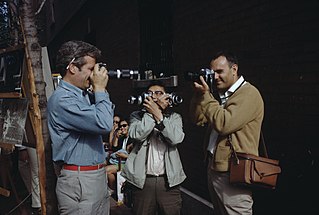
Photography is the art, application, and practice of creating images by recording light, either electronically by means of an image sensor, or chemically by means of a light-sensitive material such as photographic film. It is employed in many fields of science, manufacturing, and business, as well as its more direct uses for art, film and video production, recreational purposes, hobby, and mass communication.

Eadweard Muybridge was an English photographer known for his pioneering work in photographic studies of motion, and early work in motion-picture projection. He adopted the first name "Eadweard" as the original Anglo-Saxon form of "Edward", and the surname "Muybridge", believing it to be similarly archaic.

Joseph Nicéphore Niépce, was a French inventor and one of the earliest pioneers of photography. Niépce developed heliography, a technique he used to create the world's oldest surviving product of a photographic process: a print made from a photoengraved printing plate in 1825. In 1826 or 1827, he used a primitive camera to produce the oldest surviving photograph of a real-world scene. Among Niépce's other inventions was the Pyréolophore, one of the world's first internal combustion engines, which he conceived, created, and developed with his older brother Claude Niépce.
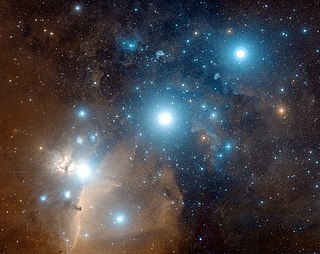
Astrophotography, also known as astronomical imaging, is the photography or imaging of astronomical objects, celestial events, or areas of the night sky. The first photograph of an astronomical object was taken in 1840, but it was not until the late 19th century that advances in technology allowed for detailed stellar photography. Besides being able to record the details of extended objects such as the Moon, Sun, and planets, modern astrophotography has the ability to image objects outside of the visible spectrum of the human eye such as dim stars, nebulae, and galaxies. This is accomplished through long time exposure as both film and digital cameras can accumulate and sum photons over long periods of time or using specialized optical filters which limit the photons to a certain wavelength.

Edwin Herbert Land, ForMemRS, FRPS, Hon.MRI was a Russian-American scientist and inventor, best known as the co-founder of the Polaroid Corporation. He invented inexpensive filters for polarizing light, a practical system of in-camera instant photography, and the retinex theory of color vision, among other things. His Polaroid instant camera went on sale in late 1948 and made it possible for a picture to be taken and developed in 60 seconds or less.
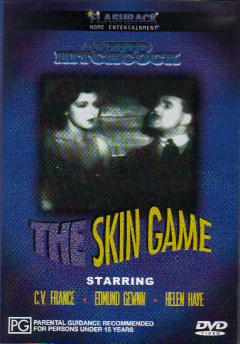
The Skin Game is a 1931 British drama film by Alfred Hitchcock, based on the 1920 play by John Galsworthy and produced by British International Pictures. The story revolves around two rival families, the Hillcrists and the Hornblowers, and the disastrous results of the feud between them.
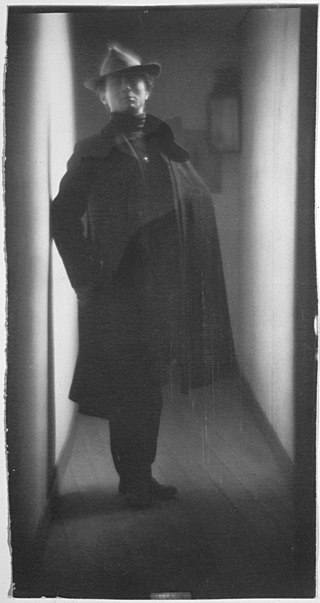
Edward Jean Steichen was a Luxembourgish American photographer, painter, and curator, renowned as one of the most prolific and influential figures in the history of photography.

The American Civil War was the most widely covered conflict of the 19th century. The images would provide posterity with a comprehensive visual record of the war and its leading figures, and make a powerful impression on the populace. Something not generally known by the public is the fact that roughly 70% of the war's documentary photography was captured by the twin lenses of a stereo camera. The American Civil War was the first war in history whose intimate reality would be brought home to the public, not only in newspaper depictions, album cards and cartes-de-visite, but in a popular new 3D format called a "stereograph," "stereocard" or "stereoview." Millions of these cards were produced and purchased by a public eager to experience the nature of warfare in a whole new way.
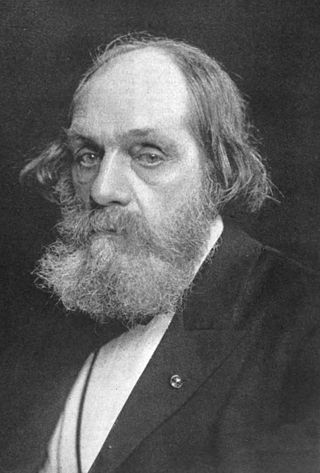
Edward Everett Hale was an American author, historian, and Unitarian minister, best known for his writings such as "The Man Without a Country", published in Atlantic Monthly, in support of the Union during the Civil War. He was the grand-nephew of Nathan Hale, the American spy during the Revolutionary War.

James Francis "Frank" Hurley was an Australian photographer and adventurer. He participated in a number of expeditions to Antarctica and served as an official photographer with Australian forces during both world wars. He was the official photographer for the Australasian Antarctic Expedition and the Imperial Trans-Antarctic Expedition of 1914–16.
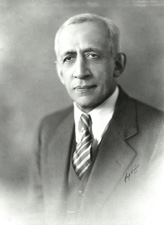
Edward Prentiss Costigan was a Democratic Party politician who represented Colorado in the United States Senate from 1931 to 1937. He was a founding member of the Progressive Party in Colorado in 1912.

Complexion in humans is the natural color, texture, and appearance of the skin, especially on the face.

James Gilbert Baker was an American astronomer and designer of optics systems.

Karl Struss, A.S.C. was an American photographer and a cinematographer of the 1900s through the 1950s. He was also one of the earliest pioneers of 3-D films. While he mostly worked on films, such as F.W. Murnau's Sunrise: A Song of Two Humans and Charlie Chaplin's The Great Dictator and Limelight, he was also one of the cinematographers for the television series Broken Arrow and photographed 19 episodes of My Friend Flicka.

The Discovery Investigations were a series of scientific cruises and shore-based investigations into the biology of whales in the Southern Ocean. They were funded by the British Colonial Office and organised by the Discovery Committee in London, which was formed in 1918. They were intended to provide the scientific background to stock management of the commercial Antarctic whale fishery.

James Edward Westcott was an American photographer who was noted for his work with the United States government in Oak Ridge, Tennessee, during the Manhattan Project and the Cold War.

Morley Baer, an American photographer and teacher, was born in Toledo, Ohio. Baer was head of the photography department at the San Francisco Art Institute, and known for his photographs of San Francisco's "Painted Ladies" Victorian houses, California buildings, landscape and seascapes.

James Waterhouse (1842–1922) was a British photographer and Indian Army officer who headed the Photographic Department of the Survey of India and pioneered the development of photomechanical printing.
The practice and appreciation of photographyin the United States began in the 19th century, when various advances in the development of photography took place and after daguerreotype photography was introduced in France in 1839. The earliest commercialization of photography was made in the country when Alexander Walcott and John Johnson opened the first commercial portrait gallery in 1840. In 1866, the first color photograph was taken. Only in the 1880s, would photography expand to a mass audience with the first easy-to-use, lightweight Kodak camera, issued by George Eastman and his company.
References
- "Solon Irving Bailey (1854-1931); Edward Skinner King(1861-1931)", Annual Report of the Maria Mitchell Association, 1932, vol. 30, p. 10.